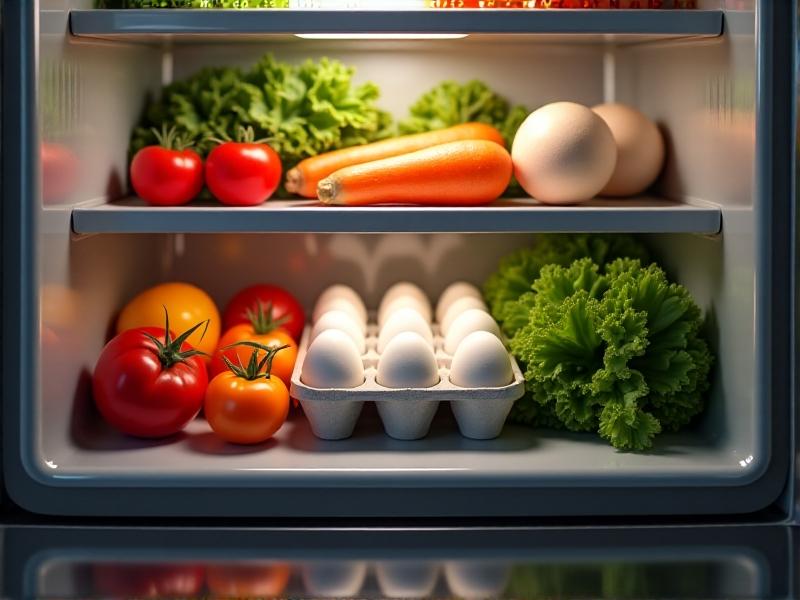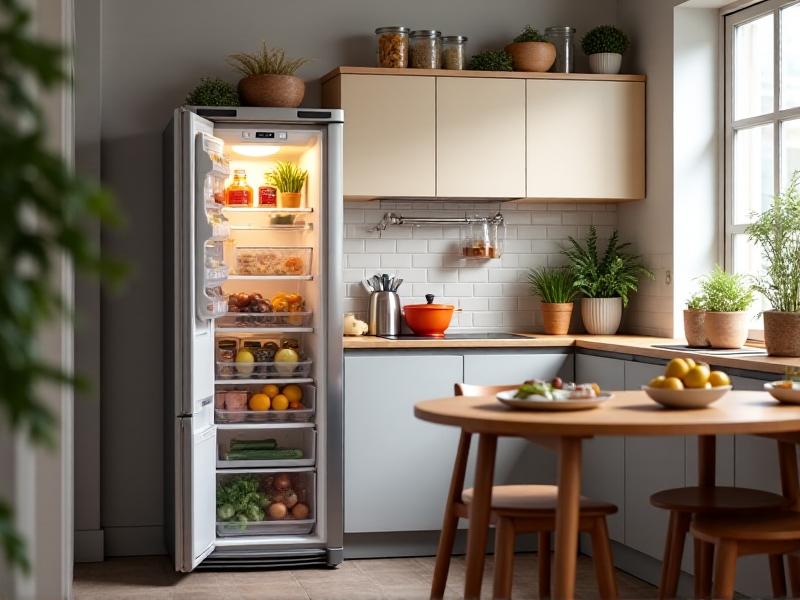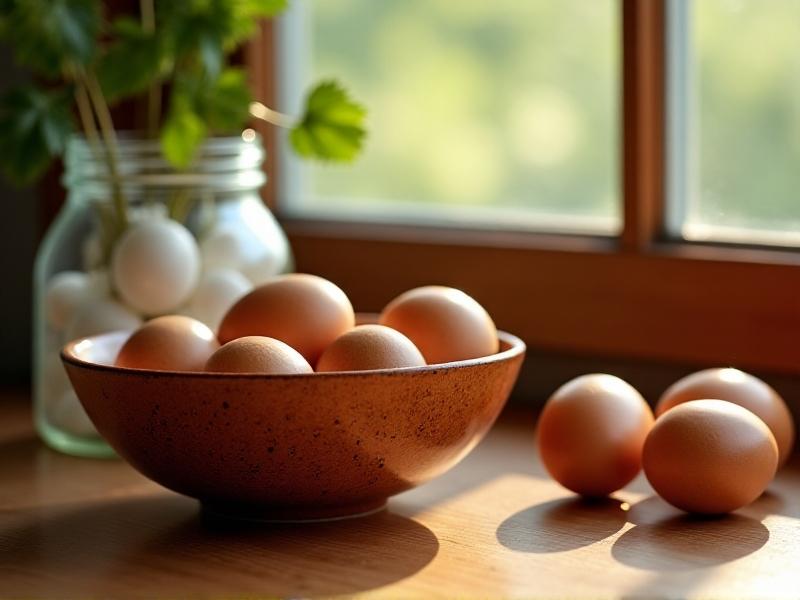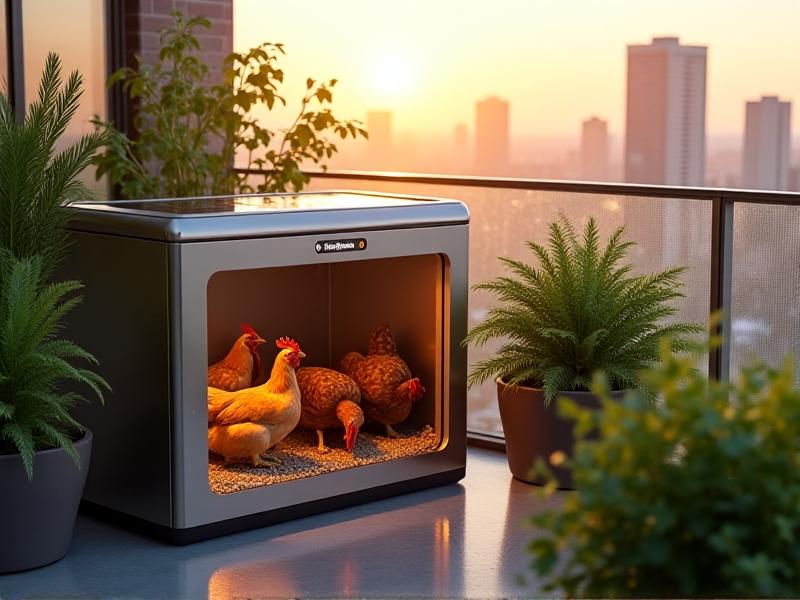Egg Preservation Techniques for Apartment Dwellers
Understanding the Basics of Egg Storage in Compact Spaces
Storing eggs in an apartment requires balancing limited space with the need to maintain freshness. Eggs are porous, absorbing odors and losing moisture through their shells, so proper storage is critical. Unlike rural homes with root cellars or pantries, apartments often lack consistent cool, dark spaces. This makes understanding humidity, temperature, and airflow essential. A common mistake is storing eggs in refrigerator door compartments, where temperature fluctuations from frequent opening can accelerate spoilage. Instead, prioritize the main fridge shelf for stability.

Optimizing Refrigeration for Maximum Freshness
Refrigerators are the go-to for egg storage, but apartment-sized units need strategic organization. Keep eggs in their original carton to prevent odor absorption and reduce moisture loss. The ideal temperature range is 33–40°F (0.5–4°C). Avoid placing eggs near strong-smelling foods like onions or fish. For smaller fridges, stackable egg holders or magnetic shelves can free up space. If the fridge is overcrowded, consider a dedicated egg storage container with a humidity control feature, often available in compact designs perfect for tight spaces.

Alternative Preservation Methods Without a Fridge
For those without reliable refrigeration, methods like oil-coating or limewater immersion can extend shelf life. Coating eggs in food-grade mineral oil creates a protective barrier against air and bacteria, preserving them for up to 3 months in a cool cupboard. Another option is storing eggs in a salt-filled container, which absorbs excess moisture. Silica gel packets, often found in shoeboxes, can also be repurposed to keep storage areas dry. These solutions are ideal for studio apartments or during power outages.

Monitoring Temperature and Humidity Effectively
Invest in a compact digital thermometer and hygrometer to track storage conditions. Smart sensors that sync with mobile apps can alert you to unsafe fluctuations. In apartments, avoid placing egg storage areas near heat sources like ovens or sunlight-filled windows. During summer, use insulated thermal bags or cooling stones in pantry storage bins. For balconies or patios, shaded ventilated containers can work if outdoor temperatures stay below 70°F (21°C).

Space-Saving Storage Solutions for Tiny Kitchens
Maximize vertical space with wall-mounted egg racks or hanging mesh baskets. Transparent magnetic containers attached to the fridge exterior save interior room while adding a decorative touch. For countertops, opt for multi-tiered egg trays that double as fruit bowls. Foldable silicone egg holders are perfect for drawers, and vacuum-sealed bags can compress storage footprints by up to 50% for bulk purchases.
Addressing Common Challenges in Urban Egg Storage
Power outages in high-rise buildings can jeopardize refrigerated eggs. Prepare by freezing eggs—crack them into ice cube trays, whisk, and freeze for later use. Combat odor absorption by storing eggs in airtight containers with baking soda packets. If an egg cracks, immediately transfer it to a sealed container and use within two days. For shared kitchens, label egg containers clearly and use odor-proof locking lids to prevent mix-ups.
Creative Uses for Long-Term Preserved Eggs
Preserved eggs like pickled or salted varieties add versatility to urban cooking. Try quick-pickling eggs in vinegar brine with beetroot for color, or ferment them in miso paste for umami richness. Salt-cured egg yolks, grated over pasta or salads, offer a bold flavor punch. These methods not only extend shelf life but also transform eggs into gourmet ingredients, ideal for small-batch cooking in apartments.








